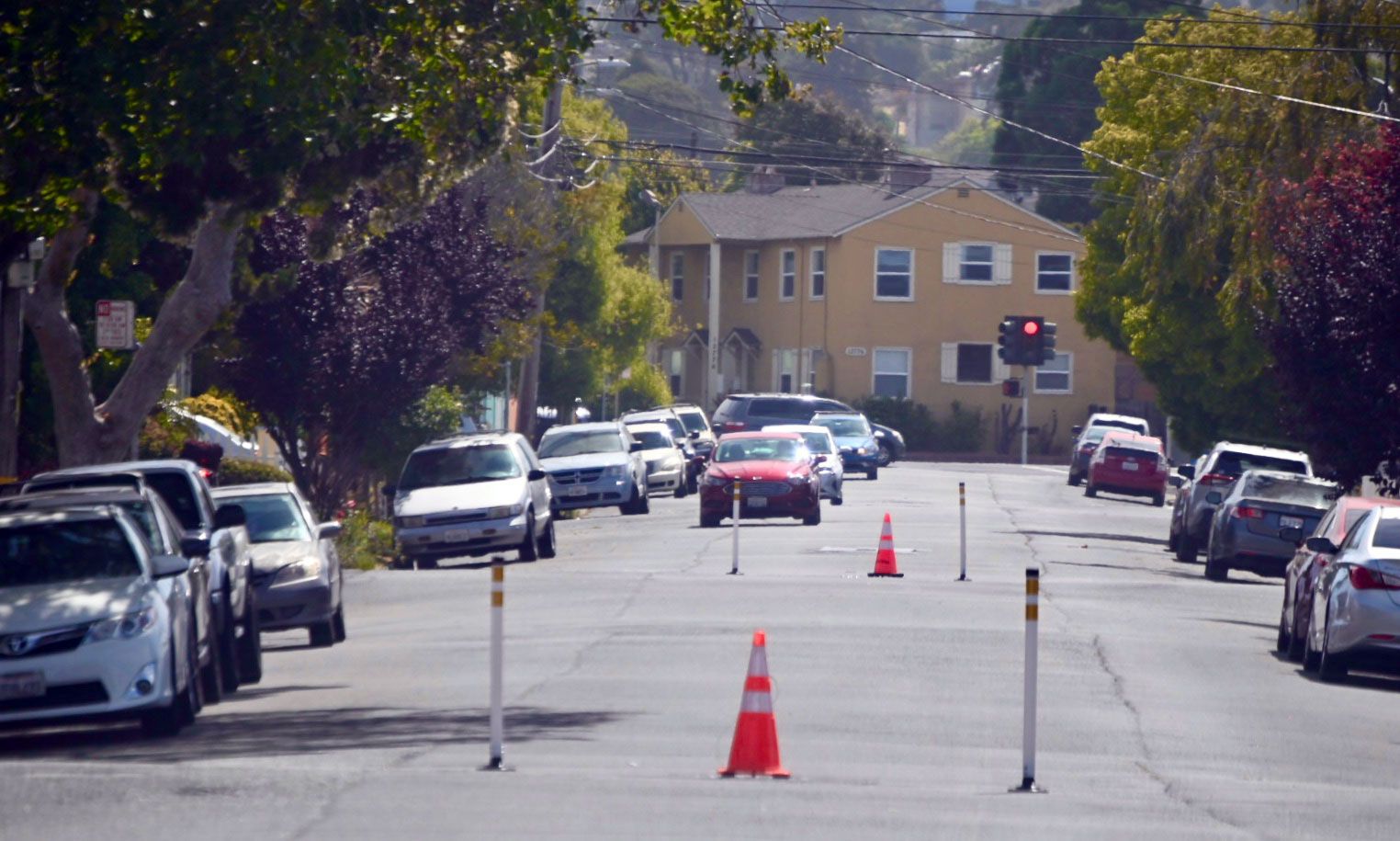

The Public Works Department has launched a new reporting tool for residents to voice their concerns about traffic safety and make prioritizing and tracking project requests easier.
The Traffic Calming Program aims to improve the quality of life in neighborhoods by reducing the harmful effects of traffic on neighborhood streets and making them safer and more pleasant for pedestrians, cyclists, and drivers.
Traffic calming measures can include physical safety enhancements like speed humps, speed tables, elevated crosswalks, median islands, traffic circles, lane width adjustments, and pedestrian-assisted crosswalk systems.
An extensive traffic safety study led the city council to allocate $1.2 million for 18 major projects last year. But council members recognized the need for more projects driven by residents’ concerns. Public Works developed a tool to include requests by residents in their traffic safety assessments.
 HomepageGovernment Websites by CivicPlus®
HomepageGovernment Websites by CivicPlus®Residents can submit a traffic calming inquiry by filling out an application online at https://www.ci.richmond.ca.us/4510/Traffic-Calming-Program or visit Richmond City Hall to submit a form in person.
Once a request is received, the Richmond Public Works personnel will work with transportation consultants to assess its eligibility, analyze traffic conditions, and rank the request based on the fiscal year submitted.
Residents will be notified if their request has been accepted, and if so, it will be programmed for a traffic-calming device installation as soon as funding becomes available.
If funding becomes available, it will enter the engineering and design phase, where staff will work to develop design solutions. Once the design is ready, construction can begin.
Richmond’s transition to district-based elections of city council members has also caused councilmembers to advocate more vocally for traffic issues in their district, according to Shiva Mishek, the mayor’s chief of staff.
“This adds a new layer for public works in trying to figure out how to equitably meet each district’s requests, even if most traffic safety issues occur in only certain areas or districts,” Mishek said. “As a result, in November 2022, staff recognized that additional methodology was needed to determine how to prioritize traffic safety measures.”
Residents have pushed the city to address concerns about traffic safety in innovative, questionably legal ways following several high-speed collisions on local streets. An unknown neighbor installed DIY traffic calming measures on Esmond Avenue, which the city later removed.
 Grandview IndependentSoren Hemmila
Grandview IndependentSoren Hemmila
Richmond Mayor Eduardo Martinez said while he has competing feelings about the installation of plastic poles and cones on Esmond Avenue, he admires the self-advocacy the gesture shows.
“From what my chief of staff says, who lives right there, the cones worked! So, clearly, hugely unsafe behavior and dangerous driving can be dealt with in more simple ways than we’ve previously thought,’ Martinez said.
The handiwork of the mysterious Esmond Avenue "Clandestine Traffic Engineer" has inspired the mayor to have more conversations with public works about interim solutions to dangerous conditions as the city works to build permanent infrastructure.
“I also feel clear that if a resident put these up in the dead of night, as is being said, that means the city has been failing to address residents’ safety concerns, and that’s unfair to the neighborhood. That feeling has to change, and I promise my office will do its part to make that happen,” Martinez said.
